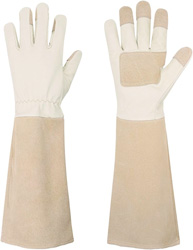Plant Information:
Common Names:
Texas Sage, Purple Sage, Cenizo, Texas Ranger, Texas Barometer Bush, Texas Silverleaf
Botanical Name:
Leucophyllum frutescens
Bloom Period:
Spring through fall
Seasonal Color:
Cherry Red or Pink
Mature Height x Spread:
3×4 ft
A gorgeous and adaptable variety of rose, the Double Knock Out Rose is becoming more and more common in garden and landscape designs. Rich in bright double-petaled blooms in either cherry red or pink, these disease-resistant shrubs are robust and feature deep purple green leaves. They also typically have a wonderful, subtle smell. The remarkable ability of these roses to blossom is what makes them so unique. They will produce beautifully for months on end as they bloom over and time again from spring to October. Additionally, because of their compact rounded shape, they are excellent choices for foundation plantings and borders.
Planting Purple Sage in Central Texas
When to plant:
Where to plant:
How to plant:
Caring for Purple Sage in Central Texas
These roses are relatively low care compared to other rose varieties. They require periodic trimming to retain shape and to encourage new growth, periodic watering, and a little fertilizer.
How to water: For the first two years, they should be watered about once or twice a week in the spring and summer. In the winter, they only need to be watered once a month. Once established, they should be watered every two to four weeks in the summer, and every four to six weeks in the wintertime. If planted in a container, they should be watered every 2 to 3 days because the soil will dry out quicker.
How to prune: They should be trimmed yearly in late winter/early spring when new shoots start growing. To maintain a 3ft rose bush they can be trimmed down to 12 inches. Otherwise, prune as needed to allow airflow in between branches to help promote health.
How to fertilize: To encourage an abundance of blooms, double knockout roses should be fertilized in the spring after the first wave of flowering. Be sure to water before to help prevent burning the roots, and avoid fertilizing in the summer.





